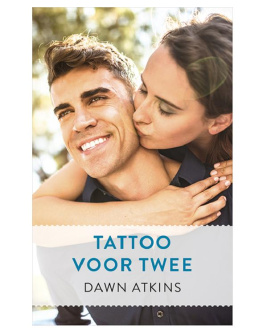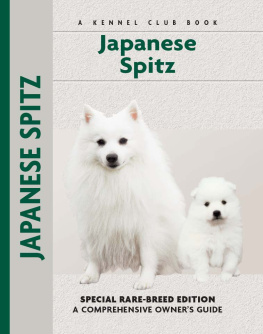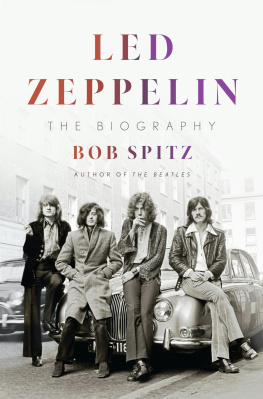Marc Spitz - Twee: The Gentle Revolution in Music, Books, Television, Fashion, and Film
Here you can read online Marc Spitz - Twee: The Gentle Revolution in Music, Books, Television, Fashion, and Film full text of the book (entire story) in english for free. Download pdf and epub, get meaning, cover and reviews about this ebook. year: 2014, publisher: HarperCollins, genre: Art. Description of the work, (preface) as well as reviews are available. Best literature library LitArk.com created for fans of good reading and offers a wide selection of genres:
Romance novel
Science fiction
Adventure
Detective
Science
History
Home and family
Prose
Art
Politics
Computer
Non-fiction
Religion
Business
Children
Humor
Choose a favorite category and find really read worthwhile books. Enjoy immersion in the world of imagination, feel the emotions of the characters or learn something new for yourself, make an fascinating discovery.

- Book:Twee: The Gentle Revolution in Music, Books, Television, Fashion, and Film
- Author:
- Publisher:HarperCollins
- Genre:
- Year:2014
- Rating:4 / 5
- Favourites:Add to favourites
- Your mark:
Twee: The Gentle Revolution in Music, Books, Television, Fashion, and Film: summary, description and annotation
We offer to read an annotation, description, summary or preface (depends on what the author of the book "Twee: The Gentle Revolution in Music, Books, Television, Fashion, and Film" wrote himself). If you haven't found the necessary information about the book — write in the comments, we will try to find it.
New York Times, Spin, and Vanity Fair contributor Marc Spitz explores the first great cultural movement since Hip Hop: an old-fashioned and yet highly modern aesthetic thats embraced internationally by teens, twenty and thirty-somethings and even some Baby Boomers; creating hybrid generation known as Twee. Via exclusive interviews and years of research, Spitz traces Generation Twees roots from the Post War 50s to its dominance in popular culture today.
Vampire Weekend, Garden State, Miranda July, Belle and Sebastian, Wes Anderson, Mumblecore, McSweeneys, Morrissey, beards, artisanal pickles, food trucks, crocheted owls on Etsy, ukuleles, kittens and Zooey Deschanelall are examples of a cultural aesthetic of calculated precocity known as Twee.
In Twee, journalist and cultural observer Marc Spitz surveys the rising Twee movement in music, art, film, fashion, food and politics and examines the cross-pollinated generation that embodies itfrom aging hipsters to nerd girls, indie snobs to idealistic industrialists. Spitz outlines the history of tweethe first strong, diverse, and wildly influential youth movement since Punk in the 70s and Hip Hop in the 80sshowing how awkward glamour and fierce independence has become part of the zeitgeist.
Focusing on its origins and hallmarks, he charts the rise of this trend from its forefathers like Disney, Salinger, Plath, Seuss, Sendak, Blume and Jonathan Richman to its underground roots in the post-punk United Kingdom, through the late80s and early 90s of K Records, Whit Stillman, Nirvana, Wes Anderson, Pitchfork, This American Life, and Belle and Sebastian, to the current (and sometimes polarizing) appeal of Girls, Arcade Fire, Rookie magazine, and hellogiggles.com.
Revealing a movement defined by passionate fandom, bespoke tastes, a rebellious lack of irony or swagger, the championing of the underdog, and the vanquishing of bullies, Spitz uncovers the secrets of modern youth culture: how Twee became pervasive, why it has so many haters and where, in a post-Portlandia world, can it go from here?
Marc Spitz: author's other books
Who wrote Twee: The Gentle Revolution in Music, Books, Television, Fashion, and Film? Find out the surname, the name of the author of the book and a list of all author's works by series.







